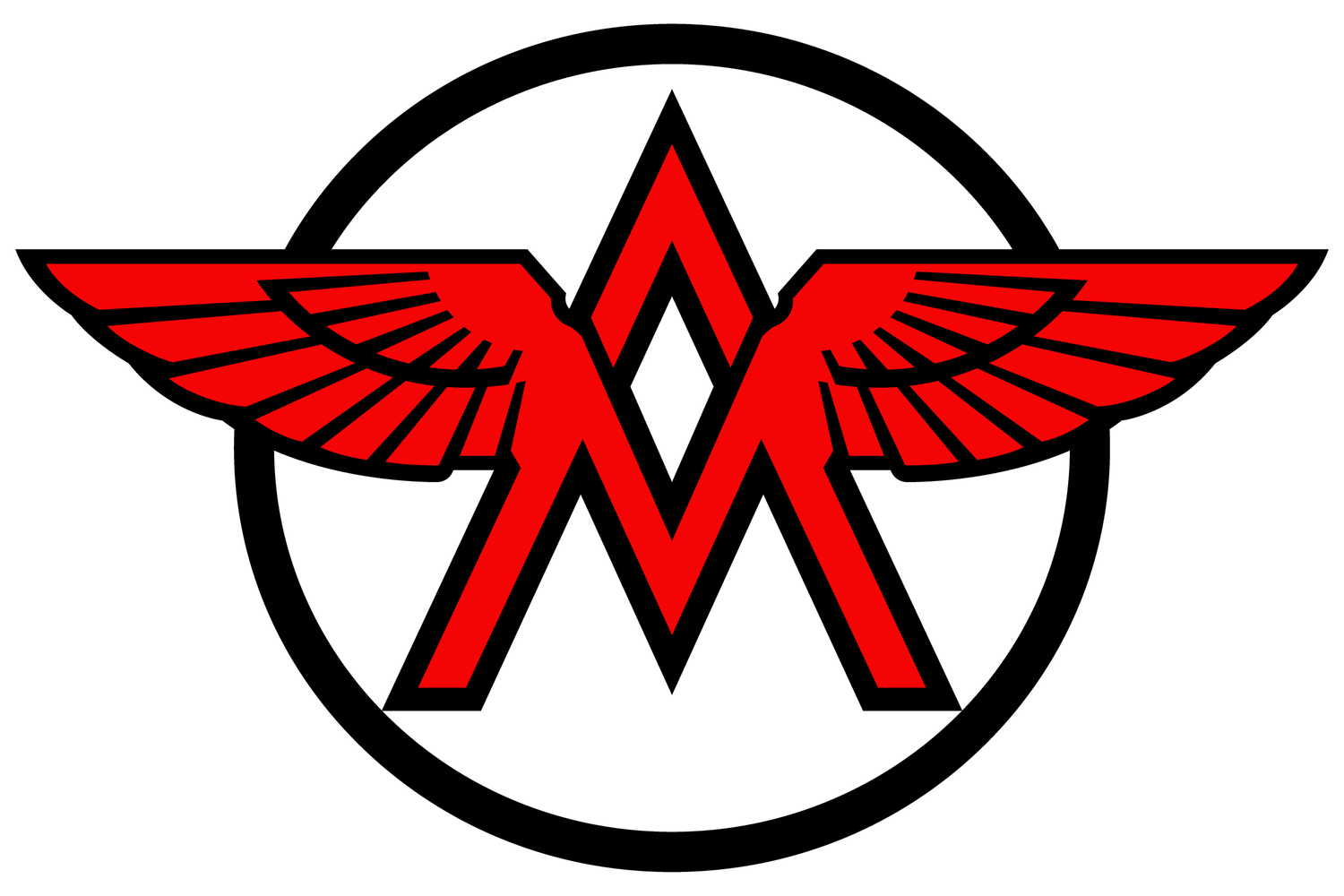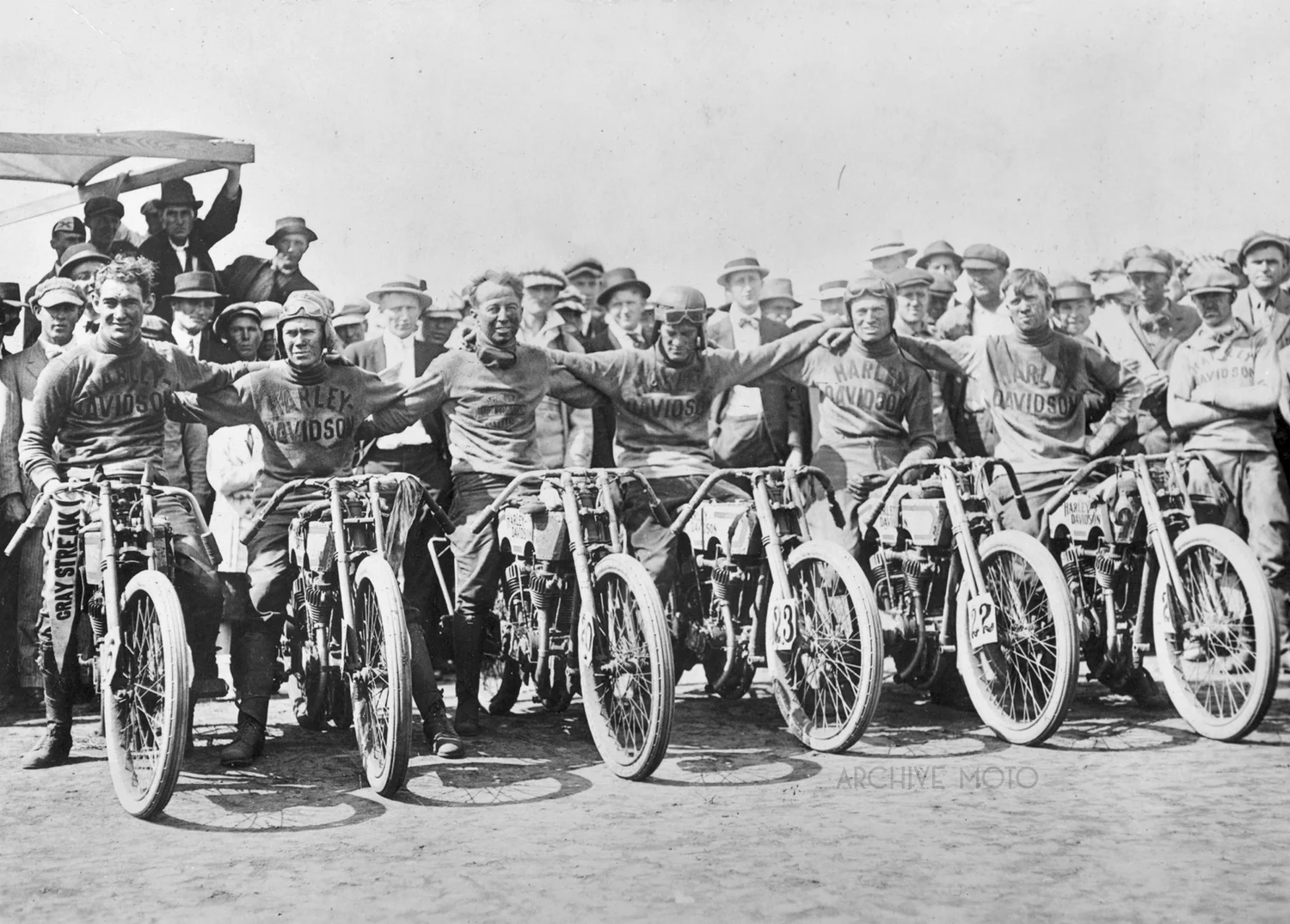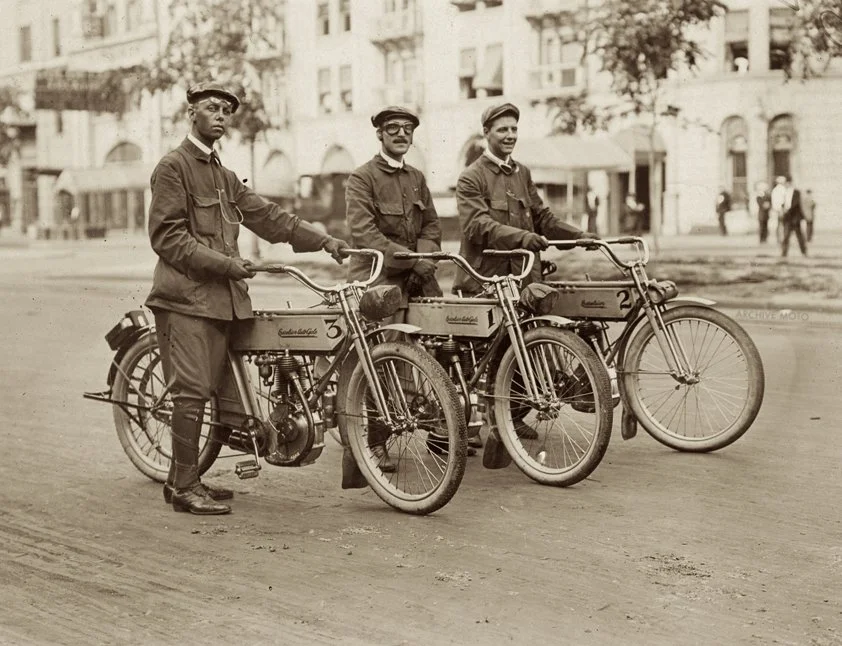Still a teenager in his first year of competition, Charlie Fearless Balke had experienced both the thrill of victory and the tragic potential of the perilous sport. His reputation at Agriculture Park had been firmly established. Even though the sport had only begun to take shape, the money he earned justified leaving his job at the Diamond Rubber Company to pursue life as one of America's original speed kings. Agriculture Park soon became a hotbed for racing in its earliest days, and riders across the country came to Los Angeles to compete. Charlie Balke, the scrappy and diminutive local sensation, was the man to beat.
American motorcycling in 1908 was a whirlwind of excitement and opportunities. Throughout the country, new manufacturers flooded a hungry marketplace with ever-more capable machines. Motorcycling technology fueled an intensely competitive industry as novel features like coaster brakes, mechanical valves, multi-speed clutches, V-twin engines, and a loop frame chassis first emerged. The trade magazines overflowed with advertisements from budding companies, though most still focused on individual components rather than turnkey machines. Still, the earliest motorcycle manufacturers, brands like Light, Excelsior, and Thor, challenged the mighty Indian Motocycles, who dominated the industry seemingly from the start. In 1908 alone, Indian produced over 3,200 motorcycles, while other makers, like Milwaukee's Harley-Davidson, had yet to clear 500.
It was in May 1911 that Hedstrom's first "valve-in-head" racing special, commonly known now as the 8-Valve, debuted on the dirt tracks of the Northeastern circuit. Still, that August, Excelsior's new racer, the Big Valve 7, created in part with the expertise of the company's star rider Joe Wolters quickly challenged the perennially dominant Indian at the races. With Wolters in the saddle, the Excelsior 7 racked up victories, stealing record after record from Indian with its prowess on the timbers of America's motordromes. Hedstrom returned to his machine shop determined to return with a contender, and in November 1911, a new breed of 8-Valve, specifically engineered to lay waste to any who challenge debuted at the new saucer in Oakland, CA.
Charles E. Bradley first opened his shop at 269 Diamond Street in Philadelphia in 1901, running advertisements for an array of motorcycle components and bolt-on engines the following season. In 1904, Bradley began offering complete, Bradley-branded single-cylinder motorcycles as a special order from the shop. The machines were simple and similar to many early motorcycles, though the Bradley was host to numerous innovative features from the start. Instead of a traditional bicycle-style diamond frame, Bradley offered a loop-style cradle frame. Mechanically operated valves, chain drives, and combination controls for spark and compression soon followed. Perhaps most notable, however, was the 1904 Bradley Model C, which featured the first production side-valve or flathead engine configuration in the United States. Another unique feature of the Bradley was the transversely oriented camshaft, which was mounted across the top of the crankcases making the marque easily recognizable.





